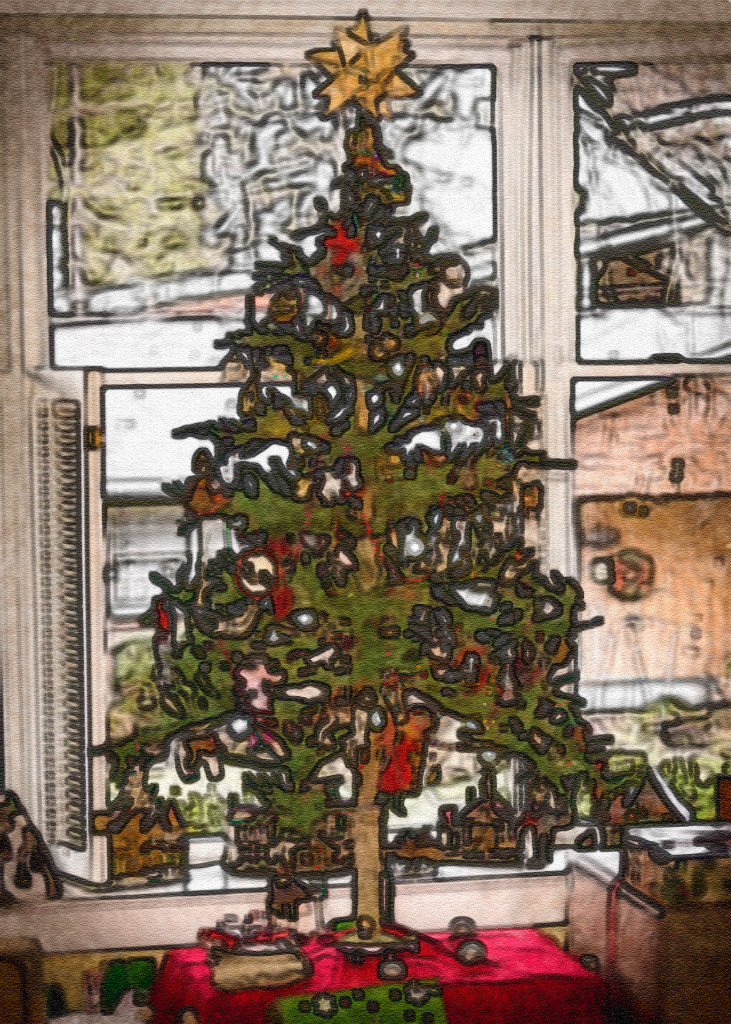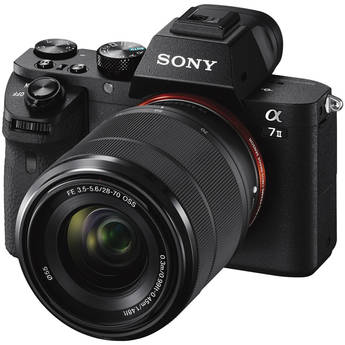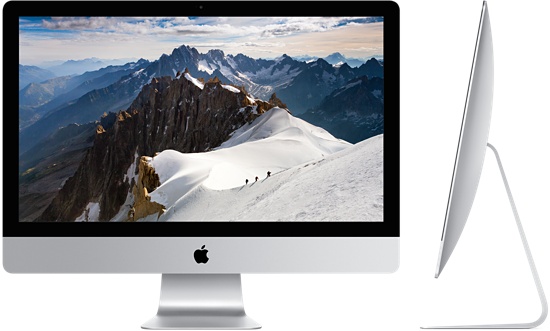At the time I am writing this, we are still in the heat of our reaction to the tragic attacks in Paris of November 12. France is bombing the crap out of ISIL in Syria. Even Putin and Obama have taken a break from their rift to consult on the proper response. Twenty-three American governors have proclaimed that they don’t want Syrian refugees to come to their states. Social media is aflame with as much passion as compassion. Civilized people are confused, conflicted, and fearful. ISIL is committed, focused, smart and a form of evil that appears to have been spun straight out of the black heart of the Devil himself.
The demographics of France remind me in some ways of the United States. Over eighty percent claim to be Roman Catholic, but in practice are perceived to be secularist. In the wake of this renewed ISIL aggression, Parisians have taken to the streets with flowers and candles. Flowers represent hope for new life, resurrection. Candles represent the light of truth and love flickering in a dark world – but not overcome by darkness.
Approximately five percent of France claims to be Islamic. A small percentage of these European Muslims are “radical” purveyors of violence and hate. Caught between a tyrant and ISIL, thousands are fleeing Syria and coming to the west. They will bring their religion and their culture. And, it is reasonable to assume, they will have in their midst evil people hiding among these victims with plans to perpetrate violence against us.
So, how should we respond? Some have said that as Christians we have a mandate to welcome strangers in our midst that spans from Genesis to Revelation. That is true. But it is also true that we have a mandate to protect our state, our faith, and our families that is likewise taught from cover-to-cover. It is seldom wise to only listen to portion of the Bible that seems easiest for us to hear.
Our response in the west is not hypothetical or theoretical. We must decide how we will responds to the needs of the weak, disenfranchised, and hopeless who are flooding toward us as they flee the dangers of what was their home. We must decide how we will overcome or at least constrain ISIL, Al-Qaeda, and other violent organizations.
In some ways the problems of Europe seem more difficult than the immigration “crisis” in the United States. A large percentage of our immigrants are fleeing poverty and coming from Mexico and Latin America to the United States to work their way to prosperity. The majority of Latin Americans share our Judeo-Christian heritage. The challenge to our culture is primarily whether we will no longer be mono-lingual. Of course, these immigrants have among them a small percentage of criminals as highlighted by some our more fear- and hate-mongering politicians.
In Europe, the immigrants do not share the same heritage as westerners. Even their languages do not have Latin, Greek or Saxon origins. Christianity has often failed to be consistent with Christ’s teachings. The Spanish Inquisition was a black mark on the history of our church. The KKK in the United States and the Irish-British violence are further examples of failed Christianity. But Christians have planted hospitals, orphanages, and schools for people of all faiths and races in nearly every culture of the world for centuries. Some missionaries have even been concerned that people were professing faith simply for the economic benefits that seemed to come with changing beliefs. Islam, on the other hand, has a long history of violently killing “infidels” as well as kidnapping, enslaving, and raping them. They have a long history that continues to this day of breaking into churches and massacring people simply because they are of another faith. The United States Marines came into being to rescue kidnap victims from Muslims in the 1700s. Where are the schools, hospitals, and orphanages that Muslims are building in Paris? in Europe? in the United States? among the “infidels”? Maybe this characterization is unfair, but the little bit of history I know feeds my fear. Thank goodness I have at least had positive personal experiences with Muslims on a one-to-one basis. I was very pleased to hear imams in Paris vowing to overcome ISIL, standing in solidarity with their fellow Parisians. But it is also true that other imams lead mosques that are a breeding ground for rabid radicals. This knowledge kindles fear and distrust – even if it is not right for me to feel that way.
So, in the light of a long and continuing history of Islamic violence against those whose faith is different from their own, how should we respond to Muslim immigrants and now Syrian refugees? Should Europe follow the lead of Donald Trump and ancient China and build a wall to keep out the immigrants or Mongolian hordes?
Our fear is real. Our concerns are real. The lessons of history are hard.
Speaking to my fellow Christians, the way of faith is not always clear or easy for us. We must not allow our fellow citizens to be placed in danger from some misguided desire to be blindly compassionate. But the way of faith has always been dangerous. Jesus was crucified. Paul was stoned multiple times before he was executed. Peter was crucified upside down.
As one who seeks to follow Christ, I think about the Parable of the Weeds in Matthew 13:24-30 (ESV).
“He (Jesus) put another parable before them, saying, “The kingdom of heaven may be compared to a man who sowed good seed in his field, but while his men were sleeping, his enemy came and sowed weeds among the wheat and went away. So when the plants came up and bore grain, then the weeds appeared also. And the servants of the master of the house came and said to him, ‘Master, did you not sow good seed in your field? How then does it have weeds?’ He said to them, ‘An enemy has done this.’ So the servants said to him, ‘Then do you want us to go and gather them?’ But he said, ‘No, lest in gathering the weeds you root up the wheat along with them. Let both grow together until the harvest, and at harvest time I will tell the reapers, Gather the weeds first and bind them in bundles to be burned, but gather the wheat into my barn.’”
Jesus explains this parable in Matthew 13:36-43. The grain represents God’s people and the weeds those who will be condemned to hell in the afterlife. There is a grave danger in trying to sort out the difference ourselves because some innocents will die in our effort to remove the evil ones. I take this to mean that in seeking a balance between a just war and protecting the innocent we should err on the side of restraint.
I am concerned about the future of western culture if we allow the Syrian refugees to come to Europe. I have little doubt that among these refugees lurk devils. But, if we forsake our compassion for those Syrians who have already been victimized by their countrymen, have we not already lost the highest and best of what it means to be a Judeo-Christian culture?
In the Bible, people without Christ are portrayed as poor and powerless, enslaved and oppressed by sin. Jesus came from heaven’s throne to rescue us. He didn’t wait for us to change (Romans 5:8). He came for us and comes for us just as we are. His death illustrates how dangerous this compassion was and still is. His Resurrection demonstrates that death and danger are not final and are not victorious. His kingdom will come. His followers, even if they die in doing good, will rise again. Our compassion expresses our faith that the dangers, while real, are not ultimate. Every act of compassion toward a refugee is a flower that promises a spring after winter. Every act of courage in opening a door to a stranger is a candle in the wind which declares that the storm of darkness will not overcome.
Yes, I support the use of force in the war on evil. But force alone will never bring victory. Jesus said, “Do not be overcome by evil, but overcome evil with good,” (Romas 12:21). Victory will only come if we are brave enough to love and serve, even when it is dangerous.
Yes, western culture, bomb the crap out of ISIL’s strongholds. But if we really want to win this war against evil we will not do it by becoming cold and evil ourselves. Shame on those who victimize innocent Muslims in their neighborhood or in refugee camps. IF we harden our hearts and lock our doors, we will have surrendered to evil. We must overcome evil with good. We will do it one sandwich, one bed, one bandage, one blanket, one hug and one person at a time. As a soldier in the United States Army I took a vow that meant I was willing to die in the defense of my country. As a Christian, I took a vow to follow Jesus even when the road ends at a cross. In today’s war, some of us will be called upon to kick ass on the battle field. All of us are called to a dangerous compassion in the places God destined us to serve. I believe that the courage of those who care for and welcome refugees is just as great as the courage of those on the military battlefield.
Bon courage, frères et sœurs. Nos cœurs et nos prières sont avec vous.













